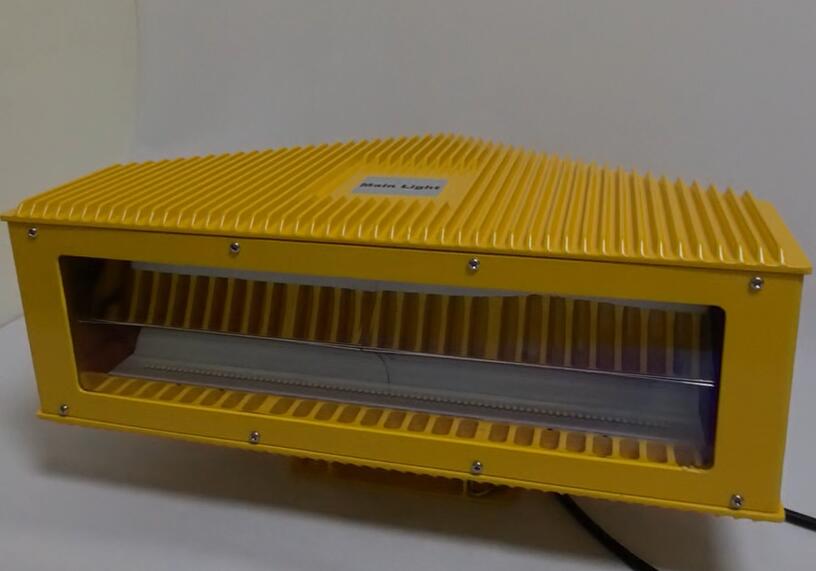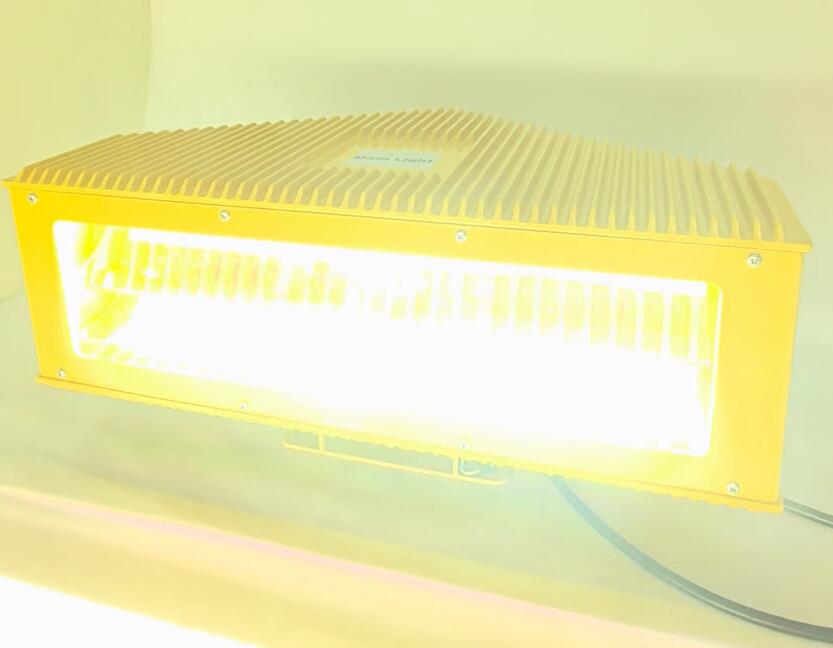
In the vast expanse of the sky, aircraft soar with grace and purpose. Ensuring their safe flight is of utmost importance, and one crucial element in this safety equation is the aircraft warning lights. These beacons of light play a vital role in making aircraft visible to other pilots and preventing potential collisions. In this article, we will delve into the world of aircraft warning lights price, exploring the factors that influence their cost and understanding their significance in aviation safety.
Aircraft warning lights are not just ordinary lights; they are highly specialized and regulated pieces of equipment. They are designed to emit intense beams of light that can be seen from great distances, even in adverse weather conditions. These lights come in various types, including strobe lights, beacon lights, and anti-collision lights. Each type has its own unique features and functions, which contribute to the overall price variation.

One of the primary factors influencing the aircraft warning lights price is the technology used. Advanced technologies such as LED (Light Emitting Diode) lights have become increasingly popular in recent years due to their numerous advantages. LED lights are more energy-efficient, have a longer lifespan, and offer better visibility compared to traditional incandescent or halogen lights. The development and integration of such advanced technologies add to the cost of the warning lights. However, in the long run, they can prove to be a cost-effective investment due to their durability and reduced maintenance requirements.
aircraft warning lights price
HI
LI
MI
The quality and certification of aircraft warning lights also play a significant role in determining their price. Aviation safety regulations are extremely strict, and warning lights must meet specific standards and certifications to be installed on aircraft. Manufacturers invest a significant amount of time and resources in ensuring that their products comply with these regulations. High-quality materials, rigorous testing, and certification processes all contribute to the higher price of reliable aircraft warning lights.
The size and type of aircraft also impact the aircraft warning lights price. Larger aircraft require more powerful and extensive lighting systems to ensure visibility from all angles. Different types of aircraft, such as commercial airliners, private jets, and helicopters, have specific lighting requirements based on their size, speed, and operating environment. For example, helicopters often need more flexible and compact warning lights that can withstand the vibrations and unique flight characteristics of these aircraft. The customization and adaptation of warning lights to different aircraft types add to the overall cost.

Another factor to consider is the brand and reputation of the manufacturer. Established and reputable manufacturers with a track record of producing high-quality aviation products often command a higher price for their aircraft warning lights. This is because their brand name is associated with reliability, durability, and compliance with safety standards. However, it is important to note that not all expensive products are necessarily the best, and careful research and comparison are necessary to find the right balance between price and quality.
The market demand and supply dynamics also affect the price of aircraft warning lights. In times of high demand, such as during periods of increased air traffic or when new safety regulations are introduced, the price may increase due to limited supply. Conversely, in a market with excess supply, prices may be more competitive. Additionally, global economic conditions, raw material prices, and production costs can all influence the pricing of these essential aviation components.
When considering the price of aircraft warning lights, it is essential to look beyond the initial cost and consider the total cost of ownership. This includes factors such as maintenance, replacement parts, and energy consumption. Some warning lights may have lower upfront costs but require more frequent maintenance or have shorter lifespans, which can result in higher overall expenses in the long run. On the other hand, high-quality lights with longer lifespans and lower maintenance requirements may initially cost more but can provide significant savings over time.
The aircraft warning lights price is influenced by a multitude of factors, including technology, quality, aircraft type, brand reputation, and market dynamics. Understanding these factors is crucial for aircraft owners, operators, and maintenance personnel when making decisions about purchasing and maintaining warning lights. While price is an important consideration, safety should always be the top priority. Investing in high-quality aircraft warning lights is an investment in the safety of passengers, crew, and other aircraft in the skies. By carefully evaluating the options and choosing the right warning lights for their specific needs, aviation professionals can ensure that their aircraft are equipped with the best possible lighting systems to enhance visibility and prevent accidents.